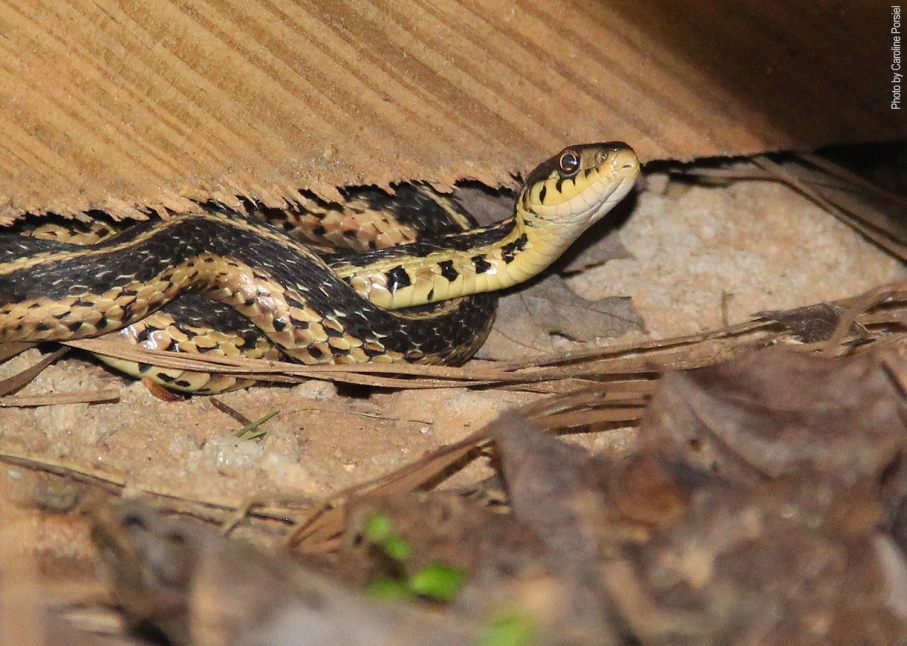The North Georgia Mountains are in the Blue Ridge mountain chain that ends in Georgia belonging to the Appalachian Mountains spanning from southeastern Canada South to Georgia. Its wild flowers are as unique as the mountains are old.
Gaywing (Polygala paucifolia)
Polygala paucifolia is a perennial plant in the family Polygalaceae. Easily mistaken for an orchid, this little flower is always a delight to stumble across. Its bloom time is spring to early summer. There are over 60 different types of Gaywings in the United States, with the greatest diversity in the Southeast.
Mountain Laurel (Kalmia latifolia)
Kalmia latifolia, commonly called Mountain-laurel or Spoonwood, is a species of flowering plant in the blueberry family, Ericaceae, that is native to the eastern United States. It is called Spoonwood because native Americans used to make their spoons out of it. The plant is poisonous to several animals such as dogs, cats and cattle. That is why it is also called Lambkill. Viola pedata (Birdsfoot violet, Bird’s-foot violet) is an ornamental plant in the Violaceae family. This violet is also known as the “mountain pansy” and is endemic to eastern North America. It is difficult to cultivate in typical garden environments because of an intolerance to rich, organic garden soils as well as excess to moisture.
Upland Dwarf Violet Iris (Iris verna var. smalliana)
Iris verna var. smalliana occurs in the Eastern U.S. from New York south to Georgia. It is deep blue to violet or sometimes a white spring wildflower with a golden yellow signal on the spreading sepals. The flower prefers growing in nutrient poor acid soils and in semi-shaded mesic to dry woodland slopes.
Trumpet creeper (Bignoniaceae)
It is also called Trumpet vine, Common trumpet creeper, Cow vine. A high-climbing, aggressively colonizing woody vine can grow up to 35 ft high, climbing or scrambling over everything in its path by aerial rootlets. This vine is often cultivated for its attractive, reddish orange flowers. Escaped cultivation, it is colonizing so densely that it is also called Hellvine and Devils Shoestring.



